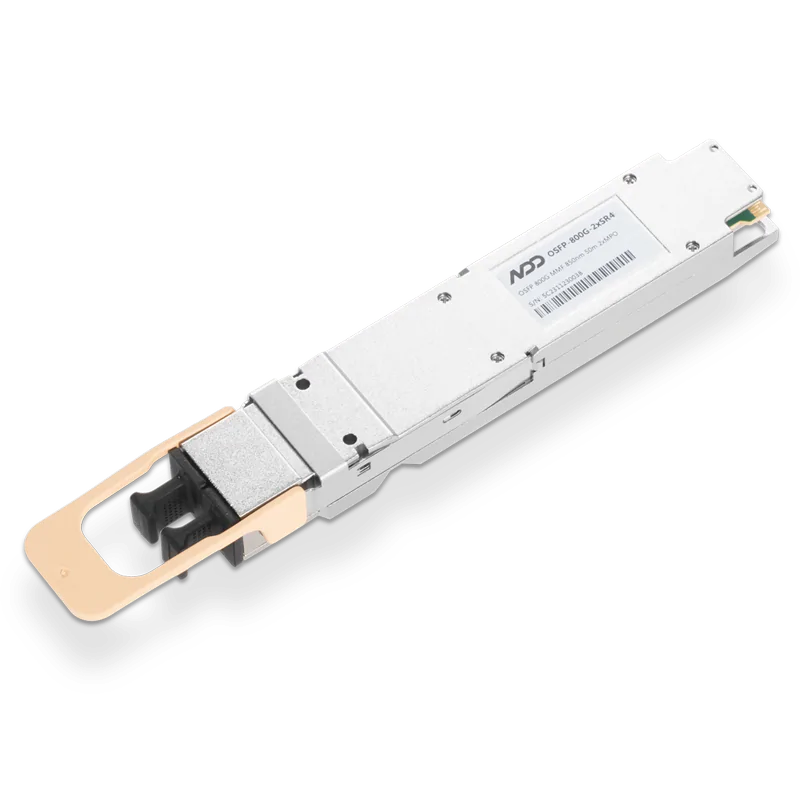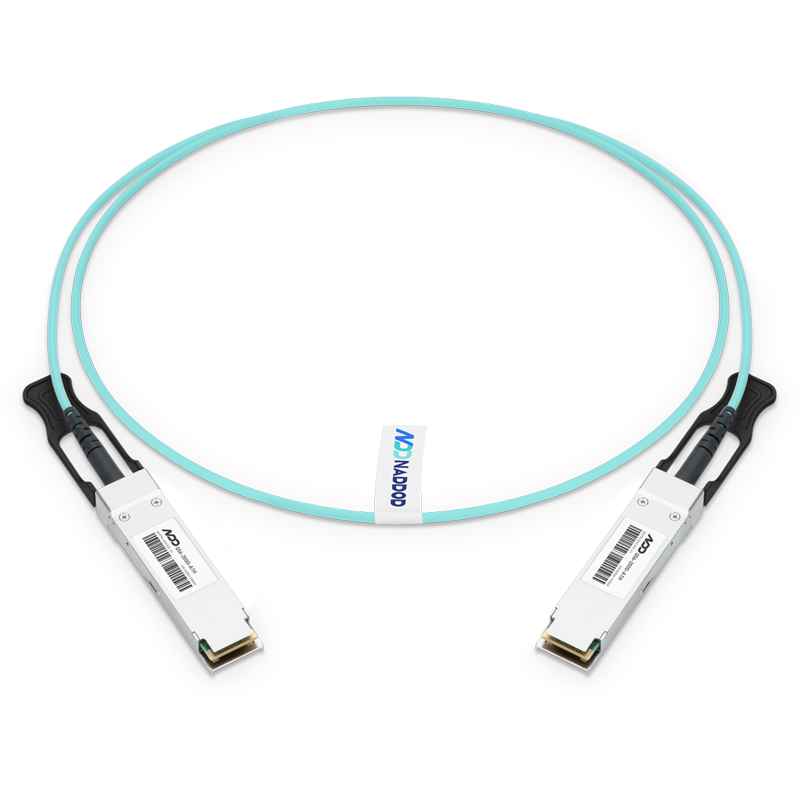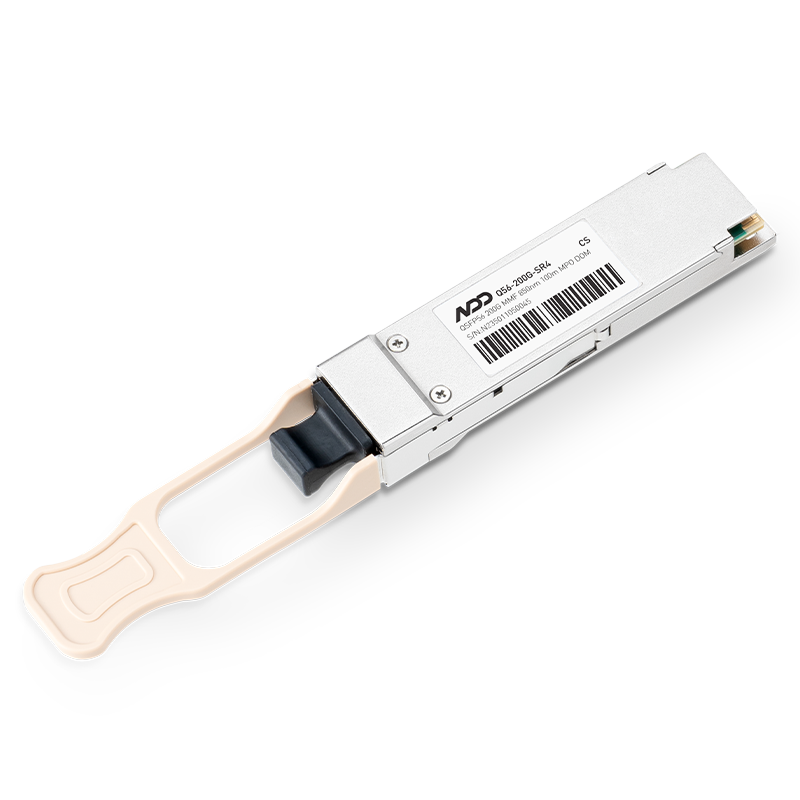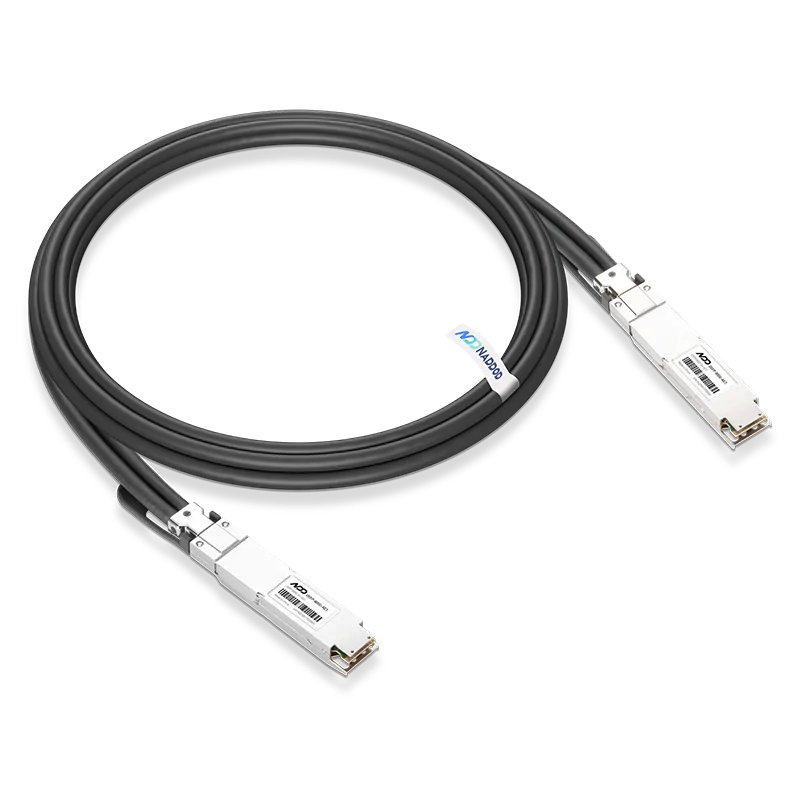Wavelength division multiplexing (WDM), including CWDM (coarse wavelength division multiplexing) and DWDM (dense wavelength division multiplexing), etc. It refers to the coupling of multiple signals of different wavelengths on a single fiber for simultaneous transmission. It has multiplexer and demultiplexer, multiplexer (MUX) at the transmitter side to combine multiple signal wavelengths in one fiber for transmission; demultiplexer (DEMUX)'s at the receiver side to separate the multiple wavelength signals transmitted in one fiber. The main purpose of WDM is to increase the available bandwidth of the fiber, which can be expanded by WDM without laying more fibers, so it is widely used by telecommunication companies.

What is the Difference Between CWDM and DWDM?
- Wavelength interval is different. CWDM: wavelength interval ≥20nm, usually using eight wavelength bands from 1470~1610nm with 20nm interval, (1260nm~1620nm) DWDM: wavelength interval <10nm, usually using 1550~1570nm band with 200GHz (1.6nm), 100GHz (0.8 nm) or 50GHz (0.4nm), (1525nm~1565nm).
- Modulated lasers are different Generally, CWDM modulated lasers use uncooled lasers, while DWDM uses a cooled laser. Refrigerated lasers use temperature tuning, and uncooled lasers use electronic tuning.


What are the Respective Advantages of CWDM vs DWDM?
Compared with DWDM, the biggest advantage of CWDM system is the low cost, the device cost is mainly in the filter and laser. 20nm wide wavelength interval makes CWDM require low technical index of laser, the structure of optical multiplexer/demultiplexer is simplified, the finished product rate is improved, so the cost is reduced.
DWDM can be applied to long distance transmission, compared with CWDM, DWDM with tighter wavelength spacing, can carry 8~160 wavelengths on a fiber, more suitable for long distance transmission. With the help of EDFA (Erbium Doped Fiber Amplifier), DWDM systems can operate over thousands of kilometers.
What are the Differences Between CWDM and DWDM Application Scenarios?
The above characteristics of CWDM and DWDM are different, and their application scenarios are also different.
- CWDM is used in: metro network access layer, telecom, enterprise network, campus network, etc.
- DWDM is suitable for: long distance, large capacity long distance trunk network, or large capacity metro network core node
After comparing CWDM and DWDM, let’s learn more about a mini version of CWDM - CCWDM, what is the difference between it and CWDM?
What is CCWDM?
CCWDM is called Compact Coarse Wavelength Division Multiplexer, which is a mini version of CWDM. It is based on TFF (thin film filter) WDM technology and works in the same way as CWDM, the difference is that the adjacent channels of CCWDM are cascaded in free space using parallel beams instead of optical fibers. Without the fiber used for cascading, the size of the CCWDM package box is 10 times smaller than the standard CWDM package.
What is the Difference Between CWDM and CCWDM?
CWDM systems use low-cost, cooling-free distributed feedback (DFB) lasers, while CCWDM has collimators and filters soldered to a common substrate and a different cascade structure.
A three-port filter for CWDM at a specific wavelength has a wavelength channel consisting of two lenses and a TFF matched to that specific wavelength. The reflection port of each filter connects to the common port of the next filter, and the filters are connected to each other via fiber optic connectors, i.e., a CWDM multiplexer.

The CCWDM principle is to use the input lens to focus the light signal of wavelength λ1, λ2…λn on the input fiber to the first filter; the light signal of wavelength λ1 passes through the first filter and is coupled to the first output fiber by the first output lens to separate the light signal of wavelength λ1; the rest of the light signal is reflected by the first slide to the next slide for The remaining optical signals are reflected by the first slide to the next slide for optical signal separation; and so on until all signals are separated. The coupling between the wavelength channels is achieved in the form of a straight line that follows a “zigzag” path.

5G is a key milestone in the history of communications, with a huge market and many challenges, and WDM solutions can save a lot of fiber resources. The WDM product line of NADDOD is equipped with automated production lines and advanced equipment, and the passive WDM product line has been commercially available in high volume for operators.

 800GBASE-2xSR4 OSFP PAM4 850nm 50m MMF Module
800GBASE-2xSR4 OSFP PAM4 850nm 50m MMF Module- 1What is WDM: Wavelength Division Multiplexing Technology
- 2How to Choose an Optical Transceiver?
- 3Active Optical Cables for Data Center Cabling
- 4NVIDIA’s Silicon Photonics CPO: The Beginning of a Transformative Journey in AI
- 5NVIDIA GTC 2025: AI Reasoning, Blackwell Ultra, Vera Rubin, CPO, Dynamo Inference































